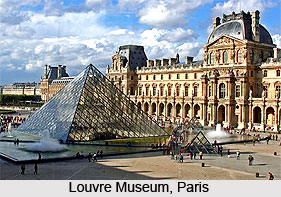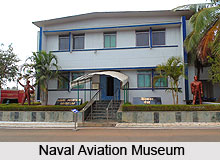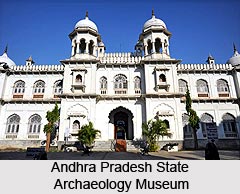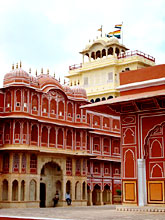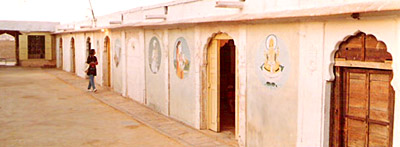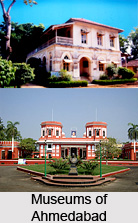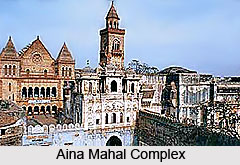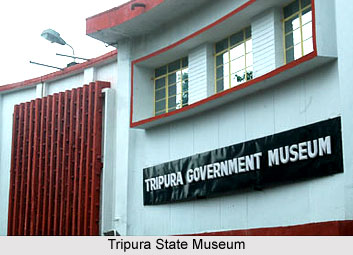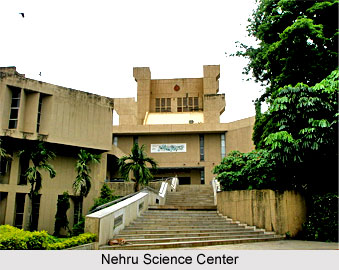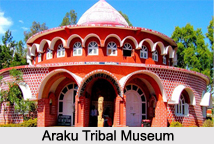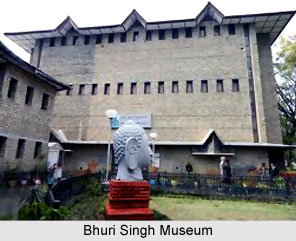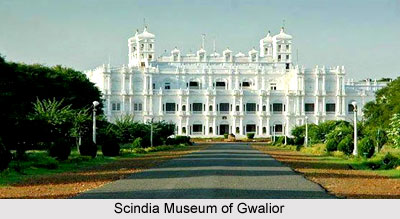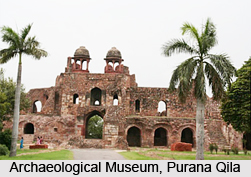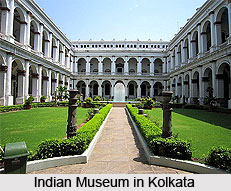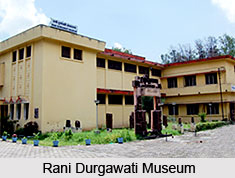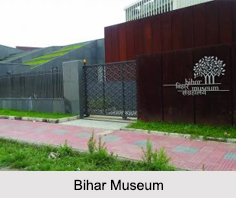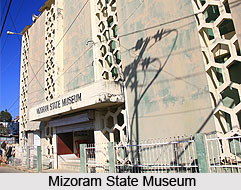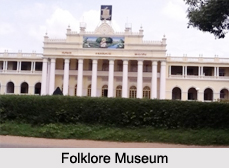 The Folklore Museum is located in the Indian state of Karnataka. More specifically, this museum is situated in the University of Mysore in the Manasagangothri campus in the Jayalakshmi Vilas Mansion in Mysore. It is considered to be one of the major attractions of University. Globally, this museum can be pinpointed at coordinates 12.313651 degrees north and 76.622322 degrees east. The Folklore Museum has received the status of being one of the largest and unique museums in Asia.
The Folklore Museum is located in the Indian state of Karnataka. More specifically, this museum is situated in the University of Mysore in the Manasagangothri campus in the Jayalakshmi Vilas Mansion in Mysore. It is considered to be one of the major attractions of University. Globally, this museum can be pinpointed at coordinates 12.313651 degrees north and 76.622322 degrees east. The Folklore Museum has received the status of being one of the largest and unique museums in Asia.
History of Folklore Museum
The Folklore Museum was established in the year 1968. Since this museum is a storehouse of folk art and crafts from all over the state of Karnataka and is located in the University of Mysore, it is evident why the University of Mysore has contributed to the study of folklore, since the birth of this museum. P.R.Thippeswamy, Javeregowda and Jeesham Paramashivaiah are known to be the scholars credited with the development of the museum to its present state. P.R.Thippeswamy took the effort to acquire materials from all over the state of Karnataka, thus expanding and enriching the museum`s collection. Dr. A.C. Lalitha is the director of the Folklore Museum.
Galleries and Exhibits of Folklore Museum
The folklore museum is a home to a collection of more than 6,500 folklore items. These items are unique and the collection, which is one of the largest collections of cultural products and folk art of Karnataka, is also known to be spectacular. Apart from displaying objects related to folklore, this museum also exhibits elements of music, dance and drama. The gallery of the museum is divided into wings for folklore, large dolls and folklife literature and art. The items of these wings are known to be arranged systematically.
Folklore Section
The folklore section is a home to a variety of items. These are a rare and valuable Hanuman crown from Kugala Balli village in North Karnataka, costumes of Kathakali from Kerala, costumes of folk dramatists from Andhra Pradesh, objects representing the Soliga community, ink preparation from Dodderi village of Chithradurga, which are as old as 200 years and the mantapa, an ornamental wooden altar, used by Jnanapeeta awardee Kuvempu. The costumes of Yakshagana also adorn the folklore section of the folklore museum. This section has props and accessories of both Thenka thittu and Badgu Thittu, the northern and southern forms of Yakshagana. Masks, puppets, leather dolls, sawdust dolls were also collected from various parts of Karnataka and sheltered in the folklore section. These items are known to have regional and historical influences. The collection of figures representing the gods, kings, queens, hermits, soldiers, the folk deities, ceremonial headwear, religious objects, village deities like Soma and Bhutha are also kept in the folklore section.
Large Doll Section
The large doll wing is adorned with statues and large dolls. These are the Soma, Talebhutha, Kaibhutha, Maari and Gadi Maari. They were utilized during dances.
Folklife Section
The folklife wing is a home to household items and instruments. The various household items kept in the folklife wing are lamps, weapons, agriculture implements, cooking utensils, churns, weaving implements, pots, beads, baskets, items of folk games and clothing. The instruments of this wing are known to be used by farmers, blacksmiths, goldsmiths, boatmen, fishermen, potters, cobblers and other artisans.
Visiting Information
The nearest airport to Folklore Museum is the Mysore Airport. It is located at a distance of about 1 km from Folklore Museum. The nearest railway station to folklore museum is Mysore Junction Train Station. This train station is located at a distance of about 2 km from Folklore Museum.
Related Articles:
Indian State Museums
Museums Of Tamil Nadu
Museums of Uttar Pradesh
Museums of Madhya Pradesh
Museums of Andhra Pradesh
Museums of Gujarat
Museums of Kerala
Museums in West Bengal
Museums of Bihar
Museums Of Assam
